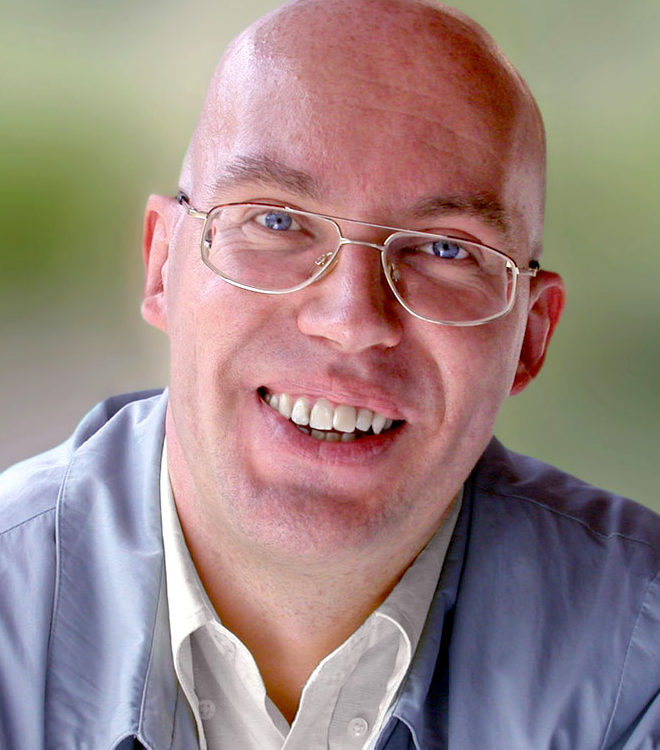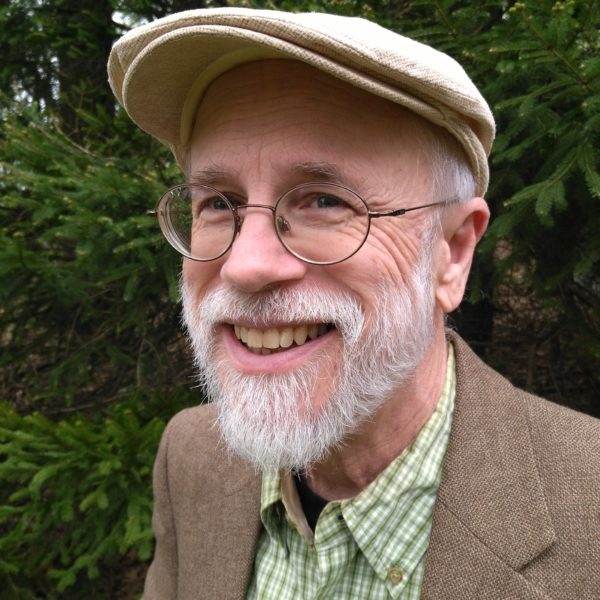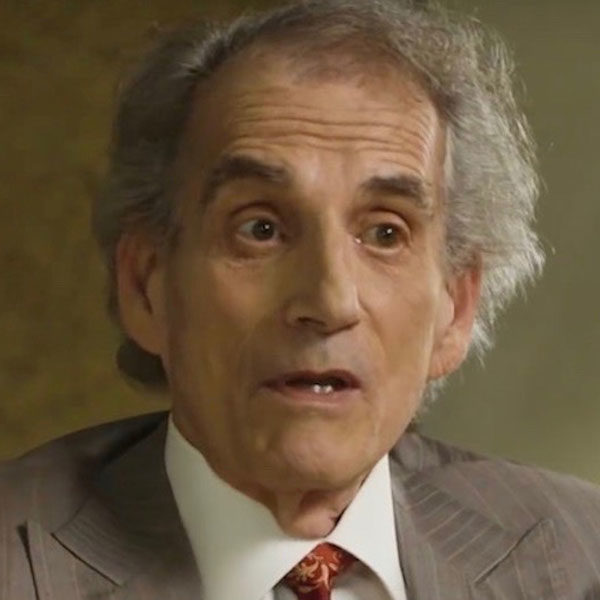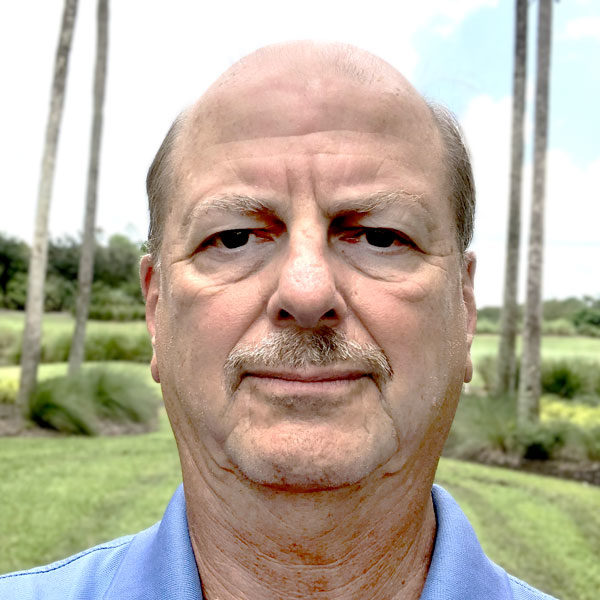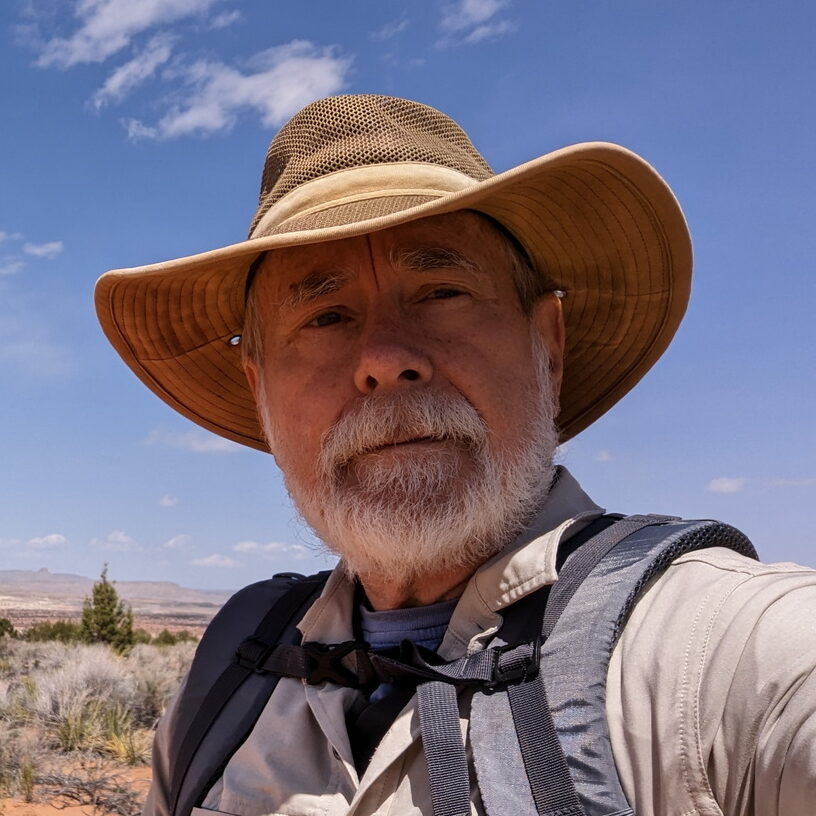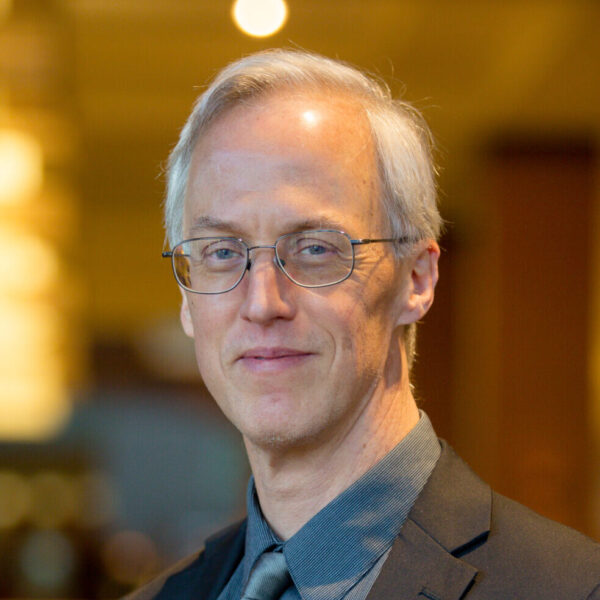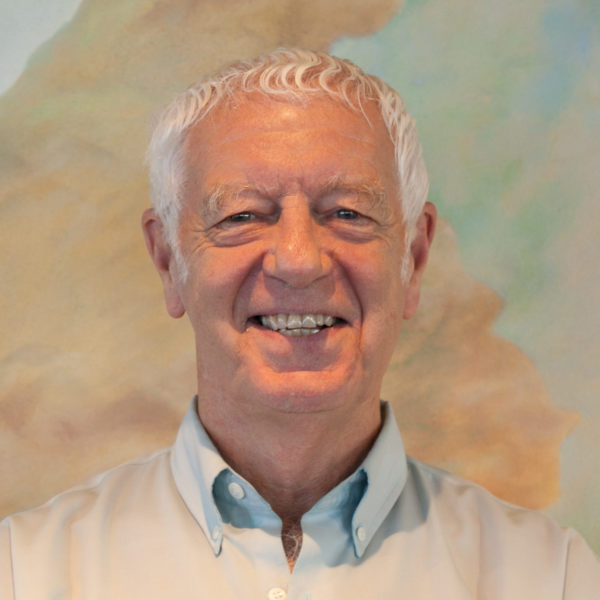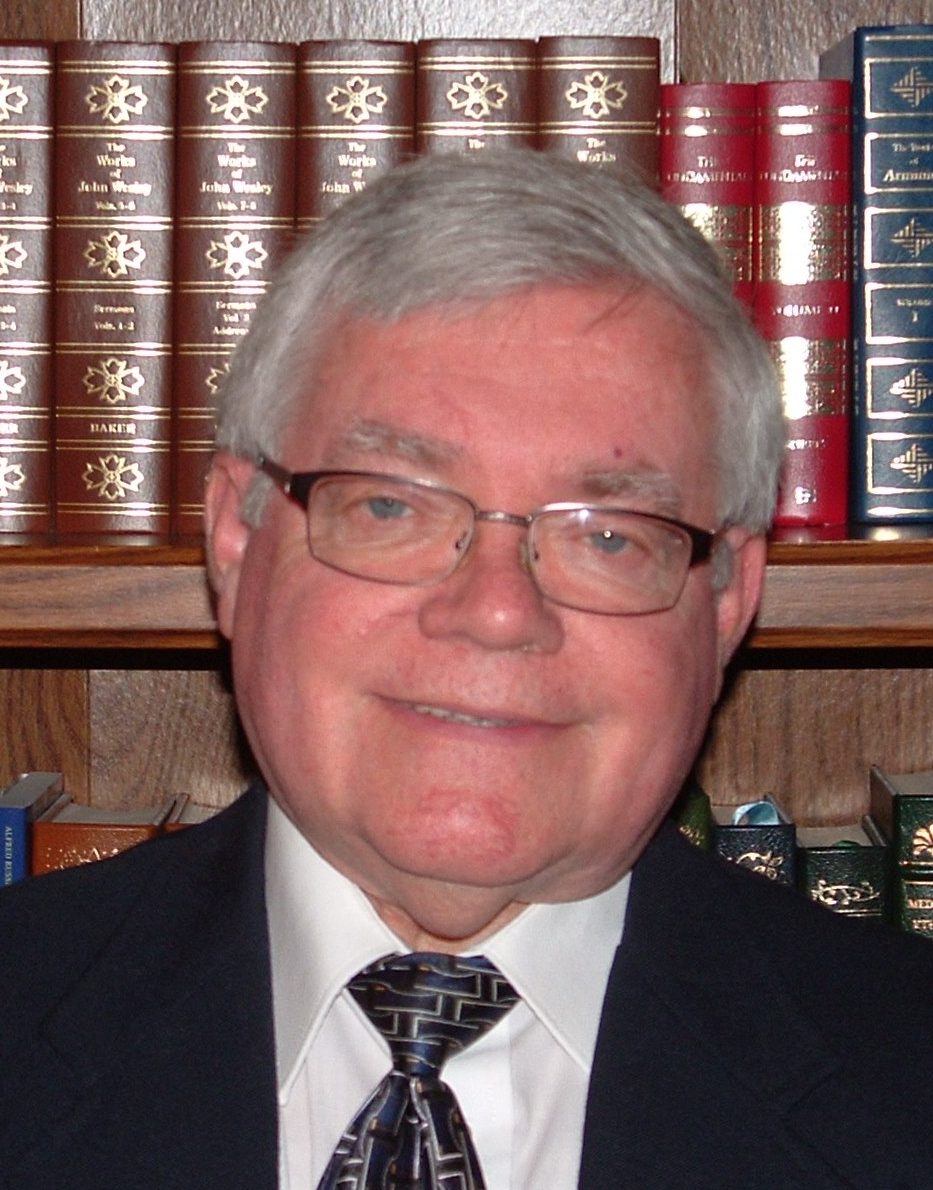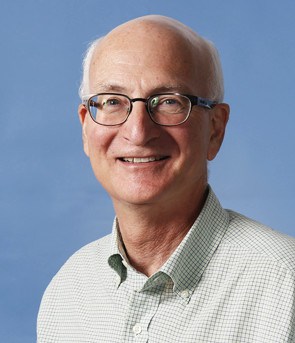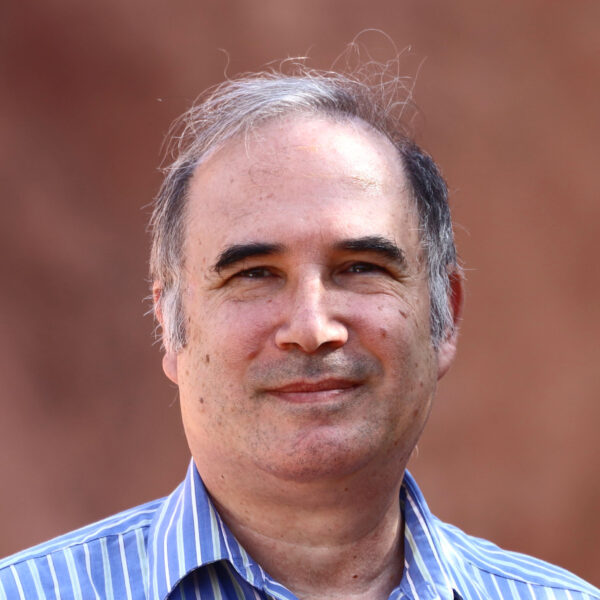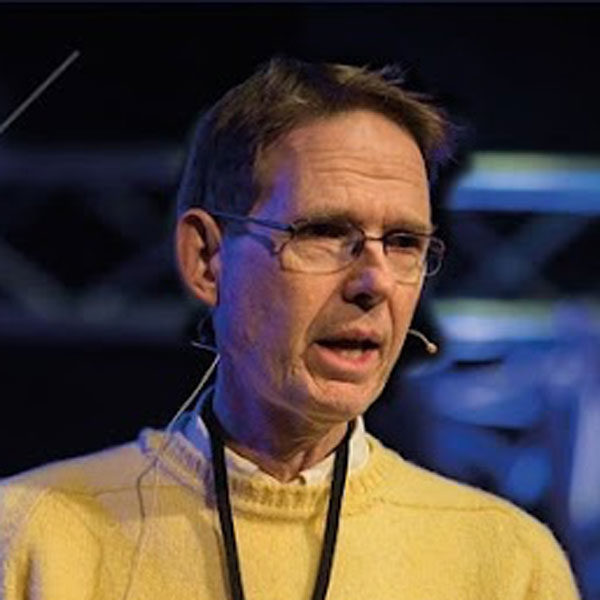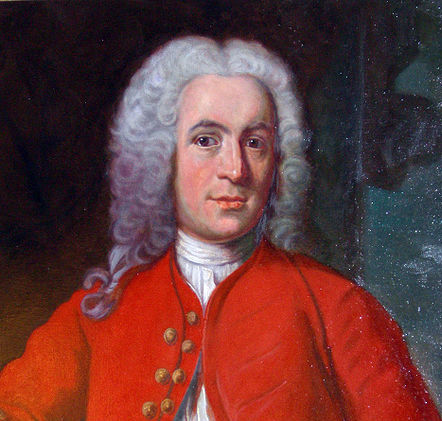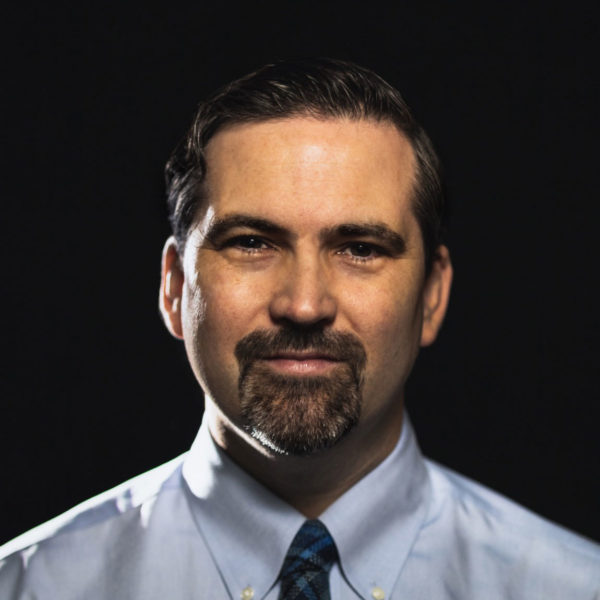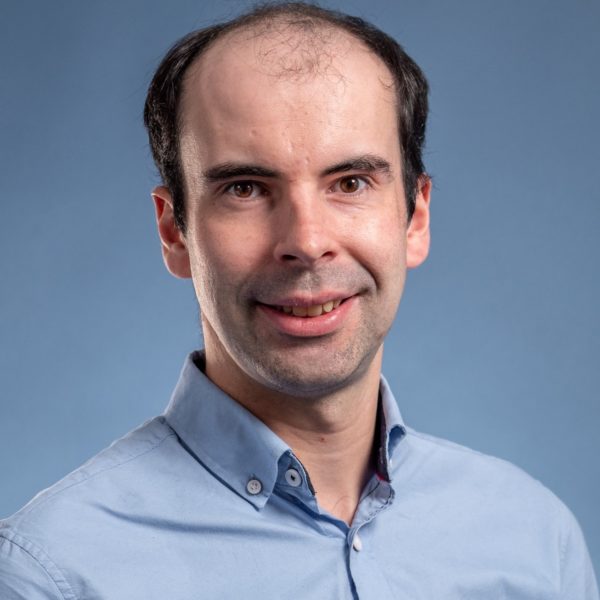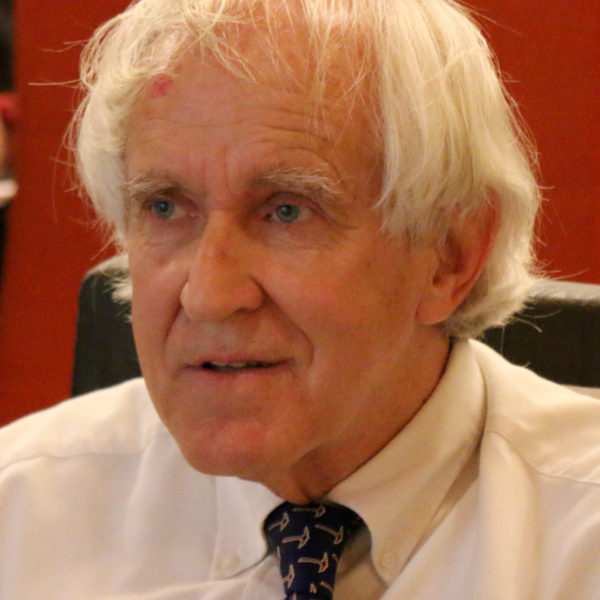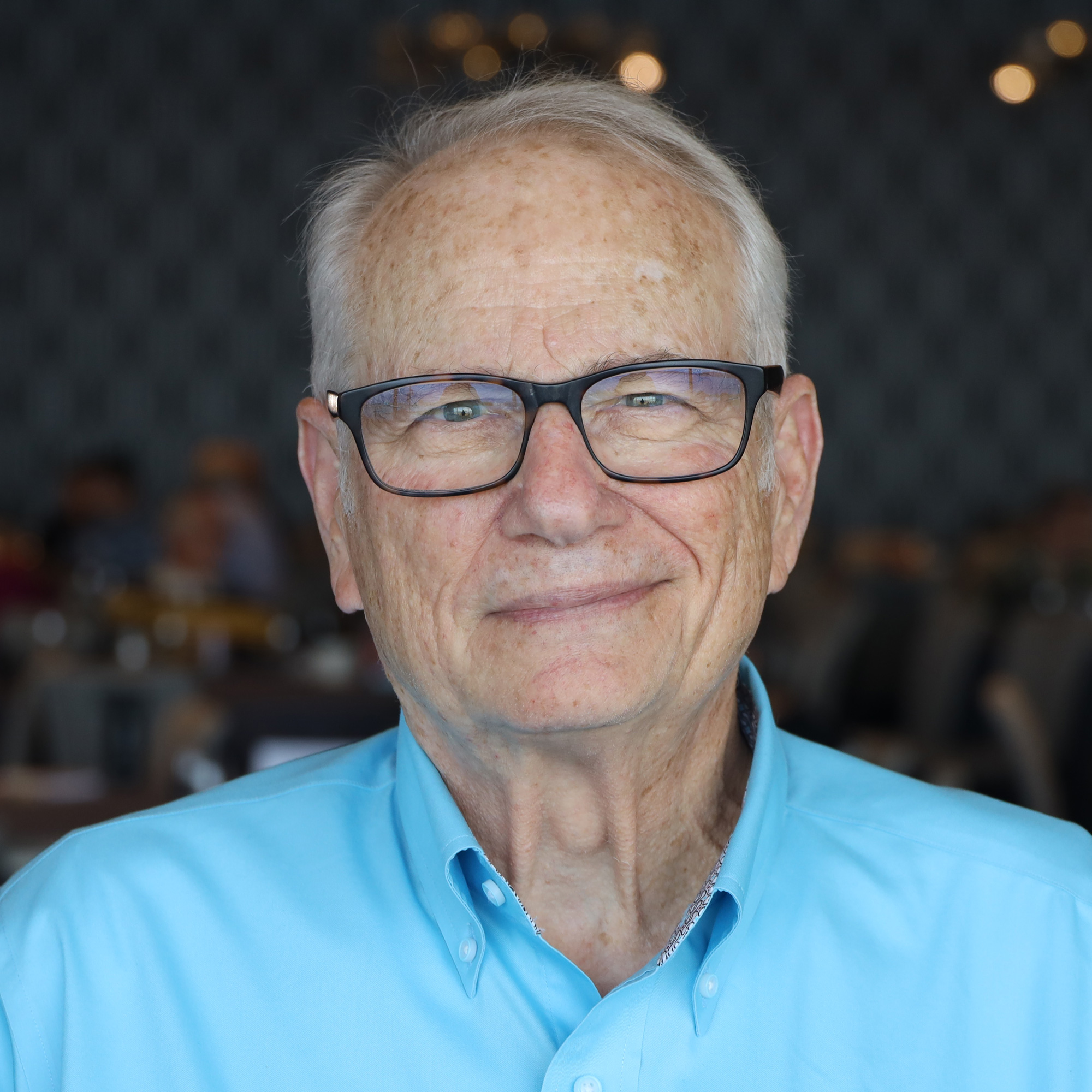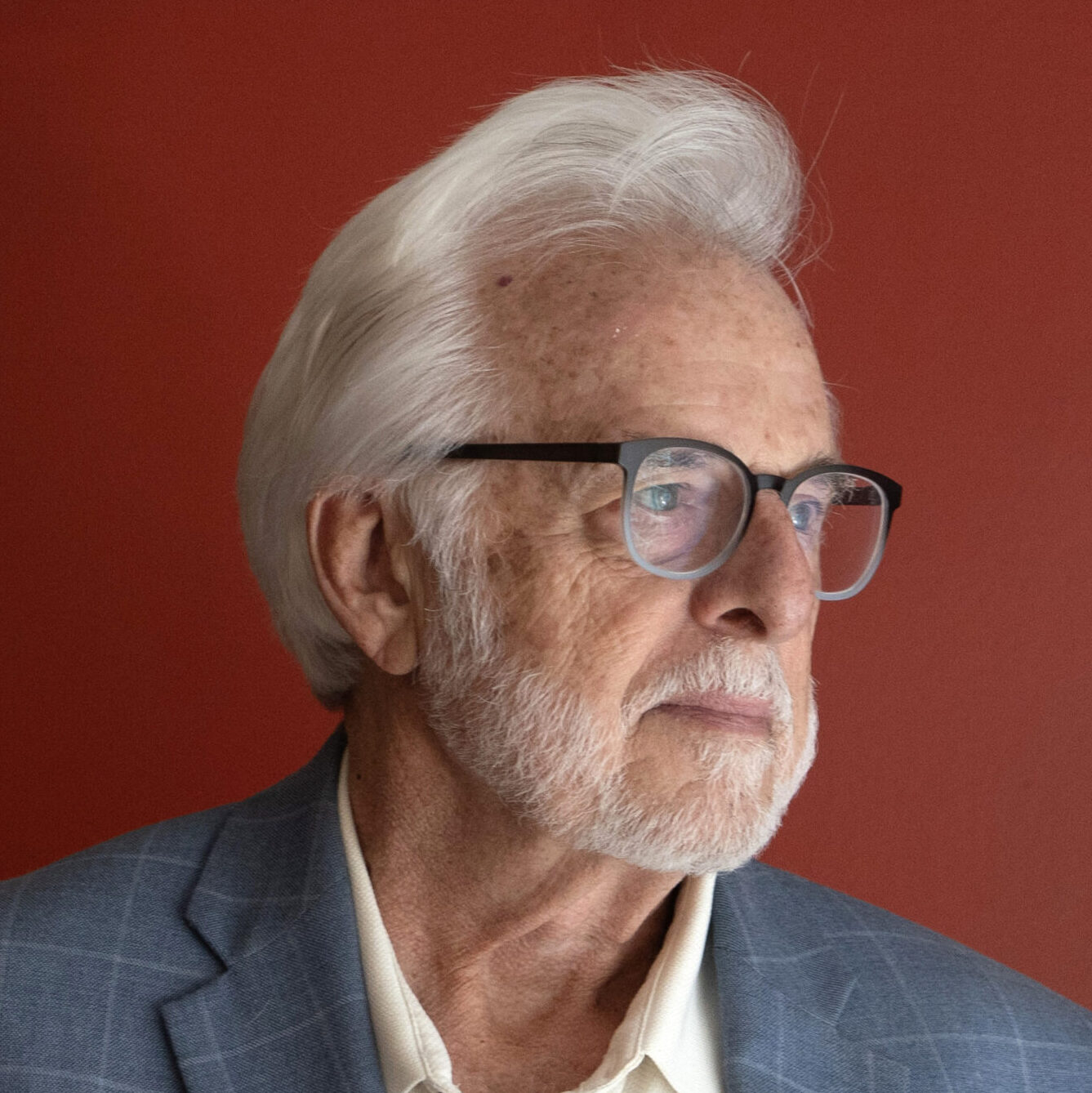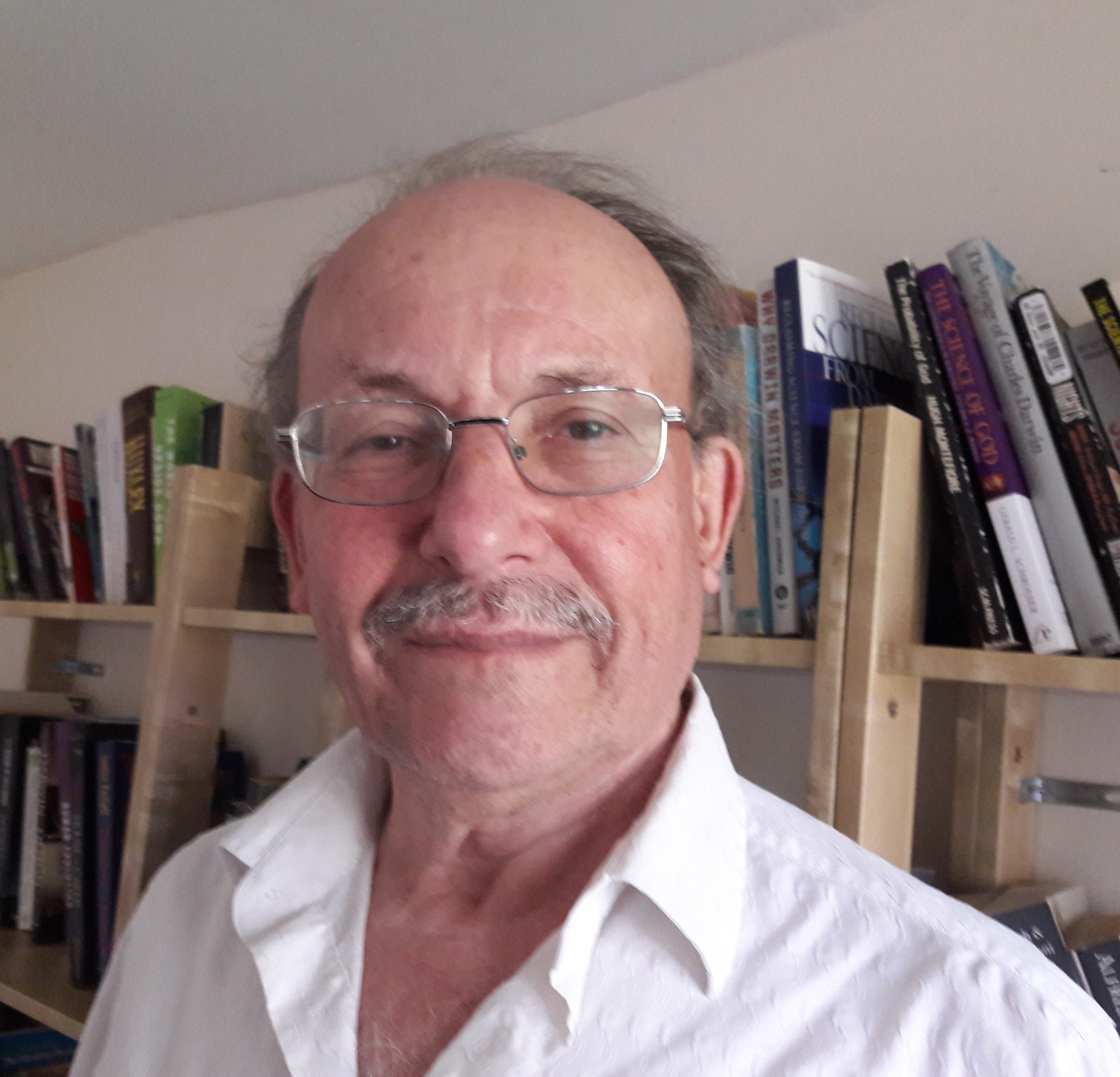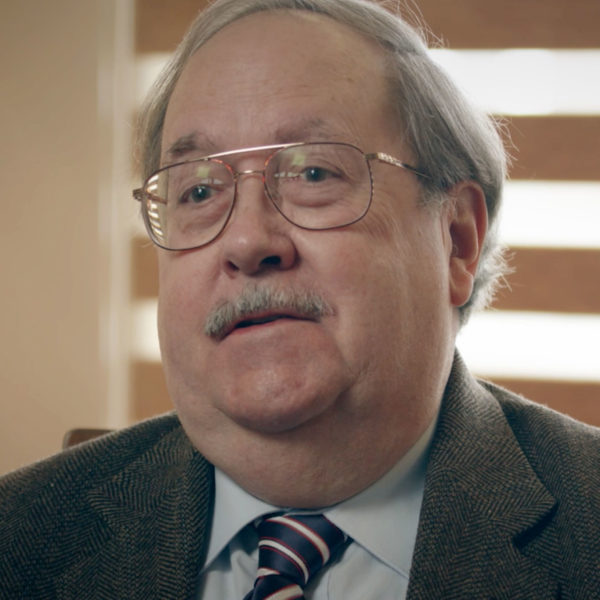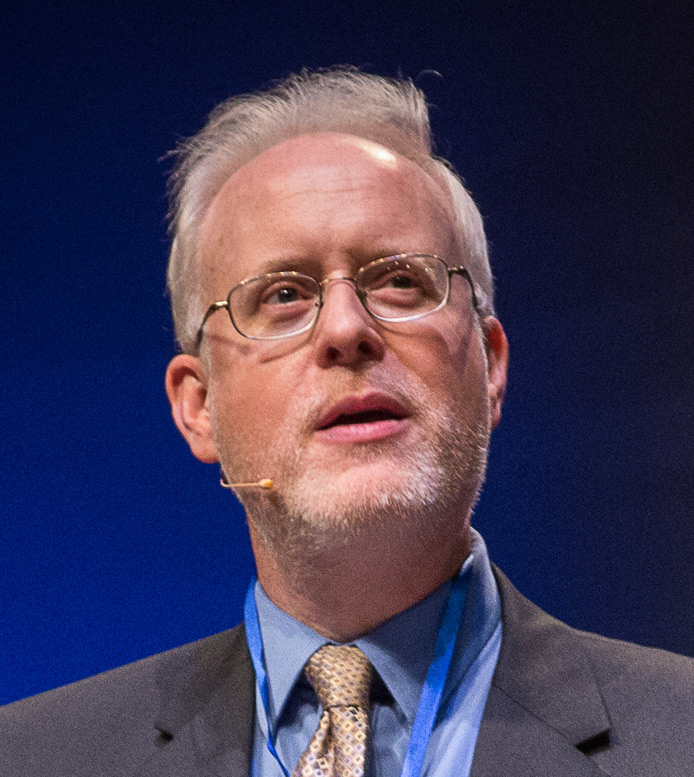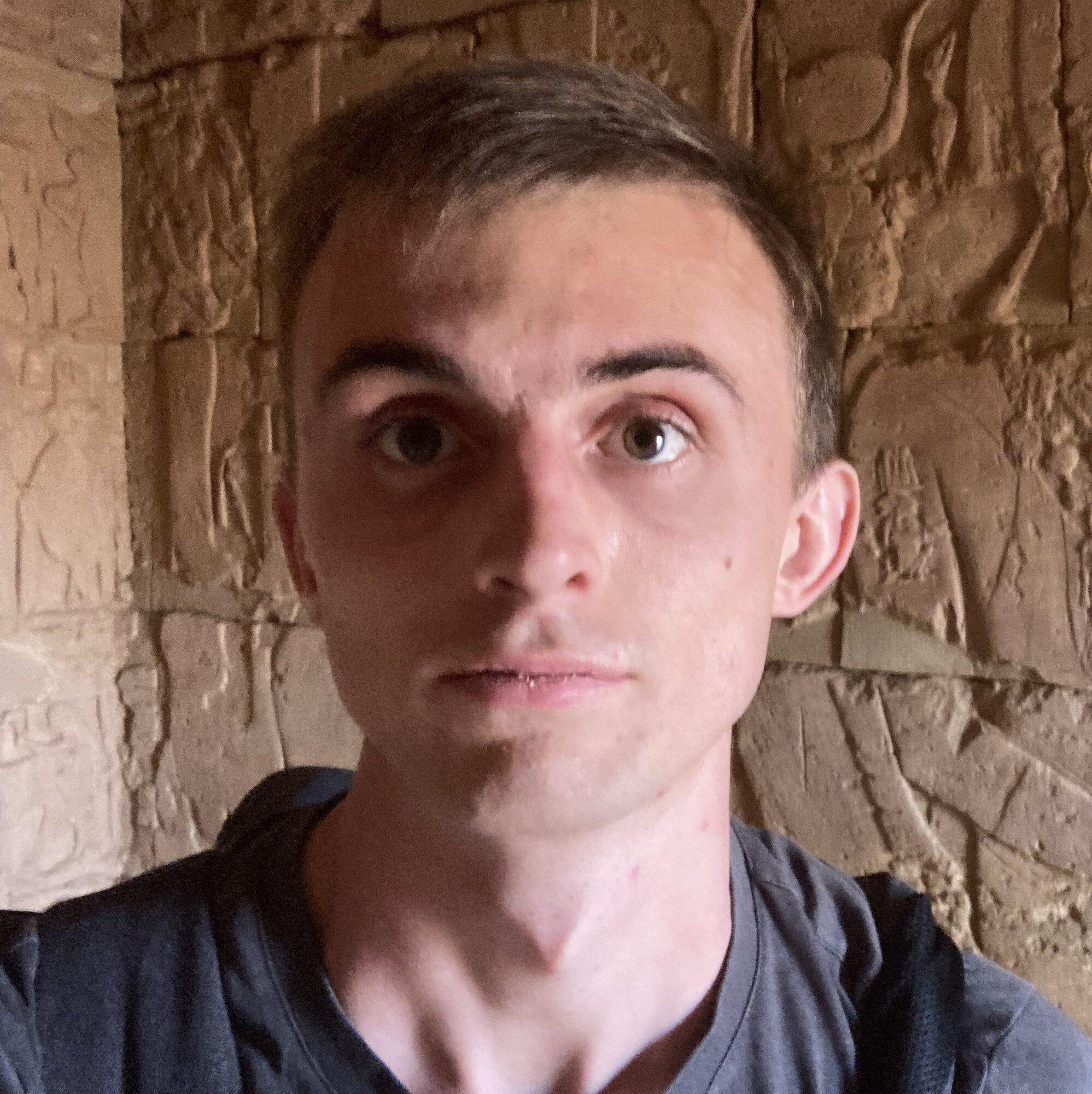Fire departments and rescue operations don’t just appear from nowhere. They require foresight, training, and practice to be able to save entities from trouble. Cells know that. Most of the time they prevent disasters, thanks to numerous automated systems that cooperate to solve problems and keep life humming.
Integrated Biowaste Disposal
Ever seen the metal boxes of biowaste outside medical clinics waiting to be picked up by external disposal services? Cells have a better process for outsourcing toxic biowaste removal. They have an integrated handoff mechanism.
Mitochondria are hotbeds of toxic chemicals known as reactive oxygen species (ROS). Generated by the molecular machines in the electron transport chain that produces ATP for the cell’s energy needs, ROS must be handled with care. Scientists at the Hospital for Sick Children in Toronto discovered “a surprising way compartments within cells work together to defend themselves against oxidative stress” from ROS. Organelles called perixosomes equipped to detoxify these dangerous chemicals such as H2O2 dock onto mitochondria at “a newly identified contact point between the two organelles.”
Through this mechanism, peroxisomes can spare mitochondria from oxidative stress by acting as specialized sinks for ROS produced in mitochondria. This challenges the long-standing idea that cellular defense is confined within individual compartments and is the first to show movement of ROS between organelles as a defense mechanism. [Emphasis added.]
Two proteins at the contact points must, obviously, be hardened against the toxic molecules themselves. If they were to mutate or break, neurodegeneration could result.
The team identified that the contact site is formed by two proteins: PTPIP51 on mitochondria and ACBD5 on peroxisomes. These proteins create a bridge that allows ROS to move directly between the organelles, sparing mitochondria while preventing damage to other parts of the cell.
Shades of irreducible complexity are evident in this statement by co-author of the Science paper1 Dr. Michael Schrader: “We are moving away from the idea that organelles operate in isolation and toward a more integrated view of how they communicate and coordinate to protect the cell.”
Mark Fransen, commenting on the study in the same issue of Science, describes what can happen without this integrated biowaste disposal system. “If not properly controlled, this reaction can lead to oxidative damage to proteins, lipids, and DNA, contributing to a broad spectrum of oxidative stress– related conditions, including cancer, as well as neurodegenerative, cardiovascular, and inflammatory diseases.”
The Incredible Hulks of the Body
The comic superhero who transforms himself from meek guy to muscular champion when trouble brews has a counterpart in the body. The meek guys in this case are dendritic cells, parts of the human immune system, that migrate through tissues looking for problems to solve in their daily work, like cops on the beat. Normally, these “cops” can slither through tissues and remove obstacles in their path. When they encounter concentrated mobs blocking their way, though, a transformation happens. As Medical Xpress puts it, “Immune cells turn into ‘mini-Hulks’ to push away tissue and make space when migrating.”
This capability had to be preprogrammed into these otherwise narrow, flexible cells. Patricia Reis-Rodriguez and colleagues at the Institute of Science and Technology Austria (ISTA) described how the muscles bulge out in Nature Immunology.2
Reis-Rodrigues and colleagues’ newest paper shows that, when confronted with tight spaces, dendritic cells assemble a distinct actin structure at the center of the cell body. This central actin structure can push the surrounding obstacles away, orthogonally in the direction of movement, generating space for the cells and helping them overcome even the tightest holes.
The success of this strategy relies heavily on the coordination between these outward-pushing forces at the center of the cell, and the forces at the front that form the lamellipodium and promote forward migration.
A Spartan Warrior
The dizzying process of copying DNA before cell division, so vital to life, is fraught with danger. Unwanted proteins can gum up the works by latching onto DNA strands, blocking the copy machinery. Such DNA-Protein Crosslinks (DPCs), “If left unrepaired … can cause neurodegeneration, premature ageing, and cancer,” says news from Nanyang Technical University in Singapore and the University of Oxford. Fortunately, a spartan enzyme knows how to find these clogs and repair them.
SPRTN is a critical enzyme that protects cells against DPC lesions. It travels along the DNA and degrades the proteins in the lesions, which clears the blockage and enables the DNA copying process to proceed.
To operate effectively without causing more harm than good, SPRTN must be specific, degrading only the clog but not the surrounding tissue. It detects the presence of ubiquitin tags as it hones in on its targets. DPCs have these tags in abundance, the press release says. Normally very slow, SPRTN increases its activity 67-fold in the presence of poly-ubiquitin tags. “This allows SPRTN to act quickly on DPCs while sparing other proteins that lack these tags.”
These findings, which demonstrate the importance of the newly discovered SPRTN region for DPC lesion repair, have important implications in cancer therapy and healthy aging.
The results were published in Nucleic Acids Research, an Oxford journal.3 Of interest is the paper’s explanation that chemotherapy drugs, including topoisomerase inhibitors, are some of the causes of increased DPCs. And yet — it’s important to point out — the repair mechanism was already present. First author Wei Song stated that now that we know how SPRTN works, “we’ve laid the groundwork for developing potential ways to strengthen the body’s defencesagainst age-related diseases, as well as reduce the side effects of cancer therapies that damage DNA”
Group IC in Cilia
The cilium, one of Michael Behe’s original examples of irreducible complexity (IC), shows IC in its collective behavior, too. Most of us learned how cilia sweep our airways clean with wave-like motions. Now, several animations in a PNAS paper4 by five authors from Cambridge and the University of Strathclyde show that these sweeping motions push particles not only horizontally but also vertically. The news from Strathclyde says,
New experiments undertaken by Dr Erika Causa and co-workers in Professor Pietro Cicuta’s group at the University of Cambridge, with mathematical modelling by Dr Debasish Das at the University of Strathclyde, shows that this ciliary motion generates not only lateral but also vertical flow, pushing fluid upward from the airway surface.
This “dynamic barrier” likely helps prevent bacteria, viruses and other harmful particles from reaching the cells that line the airways and causing infection.
While watching the animations, one might envision the cilia like little volleyball players, working together to hit the particles up and over the net.
Present and Ready
Four instances are described here about systems of players that coordinate their actions to prevent crises. Cells need these systems to survive and thrive. Organisms cannot wait for accidental mistakes to innovate them by unguided chance. Like first responders to natural disasters, the teams must be present and ready in advance of need.
In each case, the researchers found these by empirical observation, not by philosophy or armchair speculation. If each part is irreducibly complex, how much more each system of parts? It’s like IC squared. The more IC is revealed, the less plausible Darwinism becomes, and the more powerfully shines the evidence for intelligent design.
Notes
- Digiovanni et al., ROS transfer at peroxisome-mitochondria contact regulates mitochondrial redox. Science 10 Jul 2025, Vol 389, Issue 6756, pp. 157-162. https://doi.org/10.1126/science.adn2804.
- Reis-Rodriguez et al., Migrating immune cells globally coordinate protrusive forces. Nature Immunology (2025). DOI: https://doi.org/10.1038/s41590-025-02211-w.
- Song et al., The dual ubiquitin binding mode of SPRTN secures rapid spatiotemporal proteolysis of DNA–protein crosslinks. Nucleic Acids Research, Volume 53, Issue, 13, 22 July 2025, gkaf638, https://doi.org/10.1093/nar/gkaf638.
- Causa et al., Cilia dynamics create a dynamic barrier to penetration of the periciliary layer in human airway epithelia. PNAS, July 11, 2025, https://doi.org/10.1073/pnas.2419032122.

